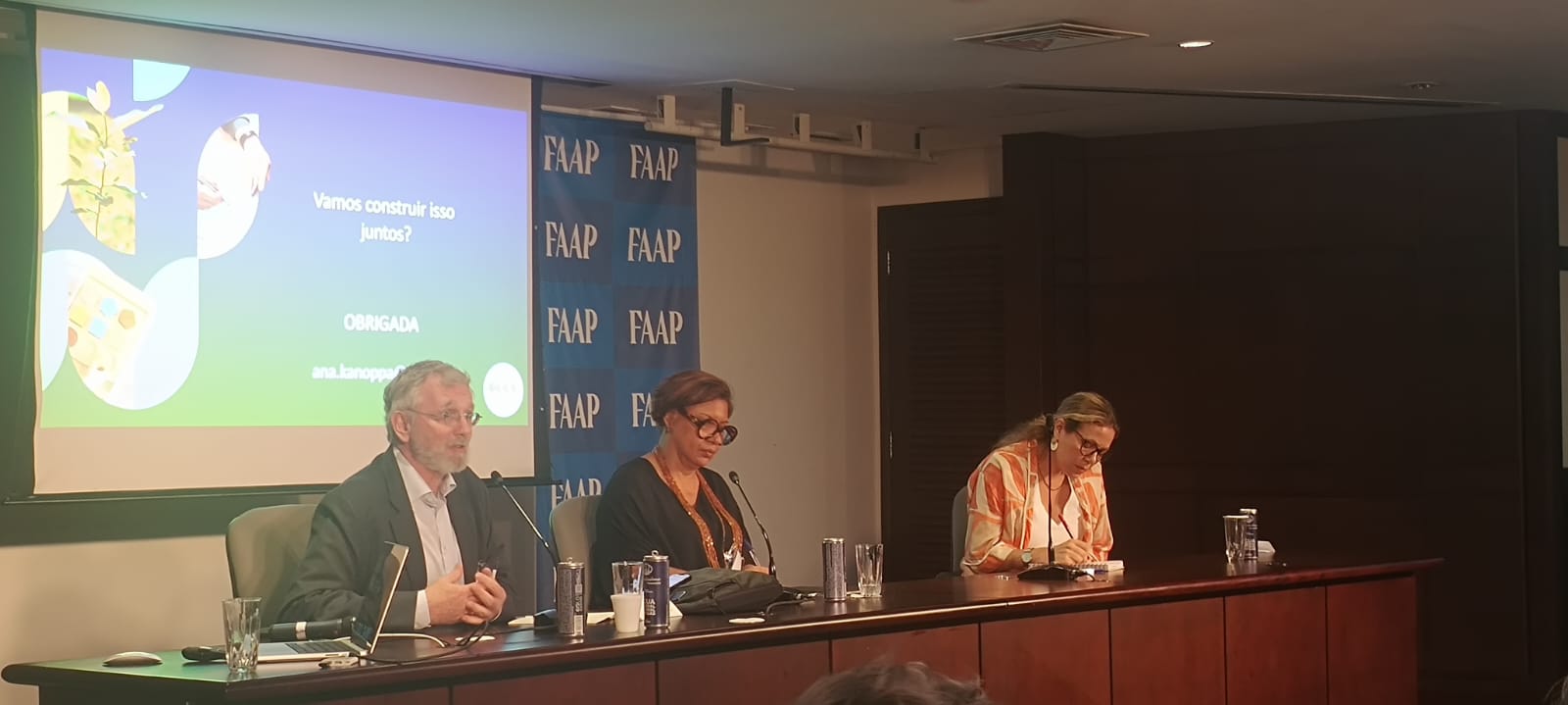
The construction industry is the largest emitter of CO2 on the planet, surpassing cars and industries, according to data from the Energy Information Administration. To think about strategies capable of reversing this scenario, experts from around the world gathered at the Wood Construction Global Meeting in São Paulo on March 13 and 14. Among the discussions on how to integrate technological innovation with tropical biodiversity, one certainty was established: the future of sustainable construction is intrinsically linked to the use of wood.
<p"Of the entire construction chain, wood is the only renewable material. In addition, trees capture carbon, increasingly essential for environmental balance,” explains Marcelo Aflalo, president of the Wood Technology Reference Center, which organized the event.It is no wonder that countries like the United Kingdom or the United States, with less forest potential than Brazil, are increasingly investing in wood constructions. And data presented in the panels indicate that the countries that use this material the most in construction are the ones with the most preserved forests.
That is why the use of wood is also linked to forest restoration, with the recovery of degraded areas. “In the last two or three years, major players in the financial market have invested at least R$3 billion in forest restoration. But how are we going to deal with the products of this restoration? This is where architecture, engineering, and technology come in to give this final and sustainable use to wood,” defends Roberto Waack, president of the Arapyaú Council.
Waack participated in one of the debates at the event and highlighted some financial aspects that attest to the viability of this connection between agendas: “An investment fund focused on agroforestry for the recovery of degraded ecosystems calculated that the return is capable of exceeding, in dollars, 15% per year. This is crucial to ensure the supply of wood on a large scale and, thus, enable its use in construction.”
These and other data and examples presented at the event will be compiled into a document with guidelines for public policies that will be presented at COP 30 in Belém in November of this year. The goal, once again, is to highlight Brazil as a protagonist of a greener future.